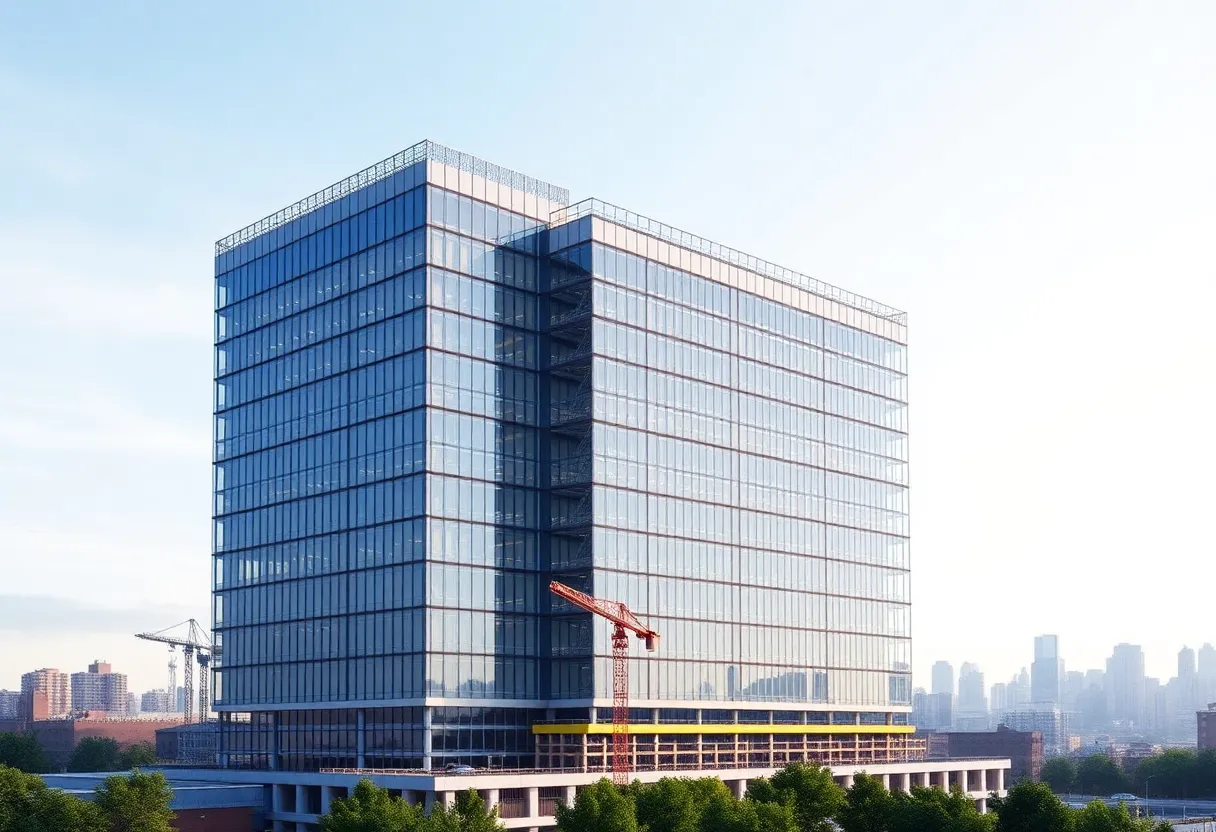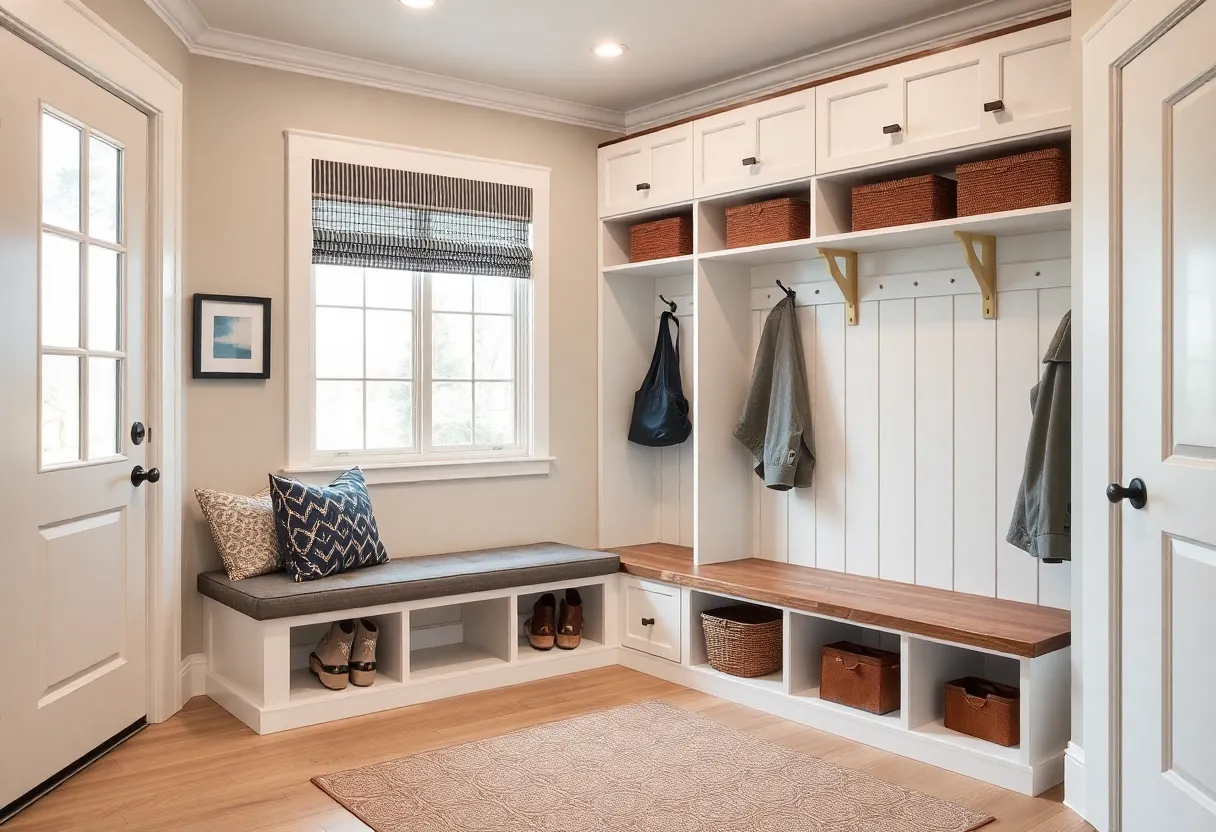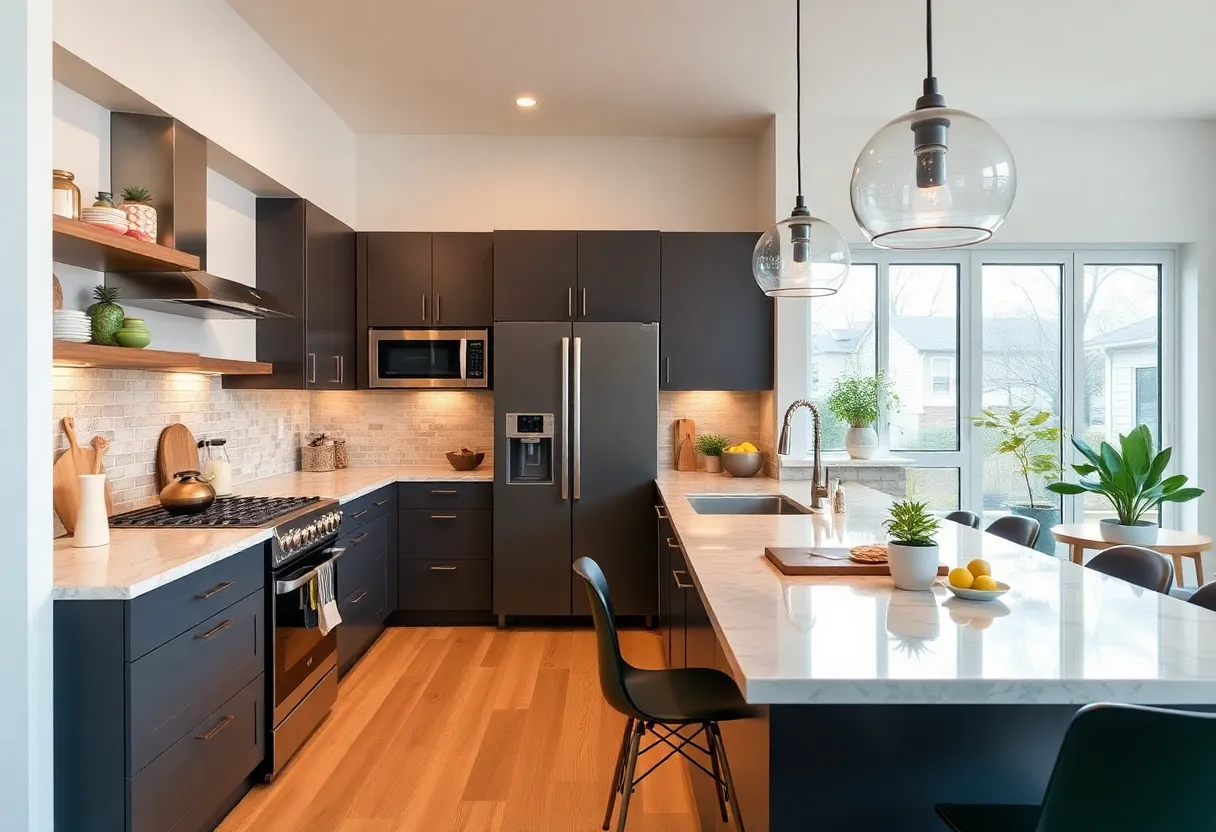News Summary
Seattle is undergoing a significant transformation in healthcare infrastructure with the development of high-rise medical facilities. Key projects like the $1.3 billion Providence/Swedish North Tower aim to meet the growing demand for quality healthcare services in a city facing geographic constraints. These initiatives also emphasize modern design, structural integrity, and interconnectivity with existing facilities, highlighting a commitment to advancing urban healthcare. As Seattle prepares for these innovative developments, the focus remains on addressing the needs of a diverse population through state-of-the-art medical environments.
Seattle’s Healthcare Landscape Transforms with New High-Rise Medical Facilities
The city of Seattle is experiencing a significant shift in its healthcare infrastructure, marked by the development of high-rise medical facilities designed to meet the growing demand for responsive and high-quality healthcare services. This construction boom aims to address the challenges posed by the city’s constrained geography, which limits available space and encourages vertical growth for new medical facilities.
Major Projects Reshape Seattle’s Skyline
One of the most prominent projects is the Providence/Swedish North Tower, a $1.3 billion development currently under construction. When completed, it will be the tallest all side-plate moment frame hospital tower in the United States and will stand approximately 213 feet above grade, with over 40 feet of subterranean levels. Scheduled to open in late 2027, the North Tower will break nearly two decades of the city’s absence from high-rise hospital construction. This facility will include over 900,000 gross square feet, with about 250,000 square feet dedicated to renovations and tenant improvements.
Other Hospital Expansion Projects
In addition to the North Tower, Harborview Medical Center is planning a substantial inpatient tower as part of a $1.7 billion bond-funded expansion. These developments underscore the increasing demand for modernized, efficient urban healthcare facilities capable of supporting the city’s growing population and diverse medical needs.
Design and Construction Challenges of High-Rise Healthcare Facilities
The development of high-rise hospital buildings presents unique and complex challenges for the healthcare design and construction communities. These projects necessitate large, skilled teams that focus on various specialized aspects such as cladding, foundations, interior finishes, sustainability measures, and structural integrity. Furthermore, constructing in a crowded urban environment requires innovative approaches to manage site constraints—such as working amidst limited space, underground utilities, and sensitive operational zones.
Structural and Environmental Considerations
Designing a high-rise hospital involves a comprehensive understanding of environmental conditions, such as soil types, elevation changes, and wind patterns. Structural engineers must incorporate advanced load-bearing systems and seismic resilience measures, often relying on performance-based strategies to ensure safety and operational continuity during earthquakes or other disasters. High-rise campaign structures typically involve large, complex steel frameworks that support assorted hospital functions.
Operational and Interconnection Requirements
High-rise hospitals also need to support 24/7 operational demands, accommodating multiple departments with distinct requirements. The Providence/Swedish North Tower will feature 24 advanced operating suites and a 72-bed acuity-adaptable ICU. Additionally, thoughtful planning includes underground parking, retail spaces, green spaces, and future expansion allowances. Connecting the new structure seamlessly to existing campus facilities involves skybridges and tunnels, facilitating smooth circulation across different hospital components and minimizing disruptions to ongoing operations.
Technical and Regulatory Factors
The construction process must carefully address building codes and standards that are stricter for high-rise healthcare facilities, especially concerning mechanical, electrical, plumbing, and IT systems. To accommodate the extensive infrastructure, floors are designed with floor-to-floor heights ranging from 14 to 20 feet. Moreover, the buildings incorporate resilience measures for earthquakes and other natural disasters, ensuring patient safety and system functionality during emergencies.
Collaboration and Innovation in Healthcare Construction
The success of these high-rise hospital projects results from collaborative efforts among diverse project teams, unity in communication, and the adoption of innovative solutions for complex engineering challenges. The design also emphasizes interconnectivity with existing hospital campuses through skybridges and tunnels, enhancing operational efficiency and patient care delivery.
Conclusion
The development of high-rise healthcare facilities in Seattle reflects a strategic response to resource limitations and population growth, emphasizing the city’s commitment to advancing its medical infrastructure. As these projects advance, they represent a blend of cutting-edge design, resilient engineering, and coordinated planning—ensuring that hospital facilities can meet current and future healthcare demands in an increasingly urban environment.
Deeper Dive: News & Info About This Topic
HERE Resources
Trump Administration Releases $21.3 Million for Washington Schools
B.C. Recruitment Campaign to Address Healthcare Worker Shortages
Additional Resources
- Seattle Daily Journal of Commerce
- The Seattle Times
- About Amazon
- Hartford Business
- Google Search: Seattle healthcare construction
Author: STAFF HERE WASHINGTON DC
The WASHINGTON DC STAFF WRITER represents the experienced team at HEREWashingtonDC.com, your go-to source for actionable local news and information in Washington, DC, and beyond. Specializing in "news you can use," we cover essential topics like product reviews for personal and business needs, local business directories, politics, real estate trends, neighborhood insights, and regional news affecting the area—with deep expertise drawn from years of dedicated reporting and strong community input, including local press releases and business updates. We deliver top reporting on high-value events such as the National Cherry Blossom Festival, Kennedy Center Honors, and the Washington Auto Show. Our coverage extends to key organizations like the Greater Washington Board of Trade and Destination DC, plus leading businesses in government contracting and technology that power the local economy such as Lockheed Martin and Amazon. As part of the broader HERE network, we provide comprehensive, credible insights into the dynamic landscape of the Washington metropolitan area.





